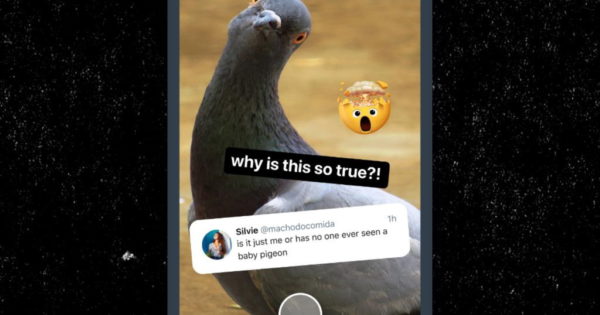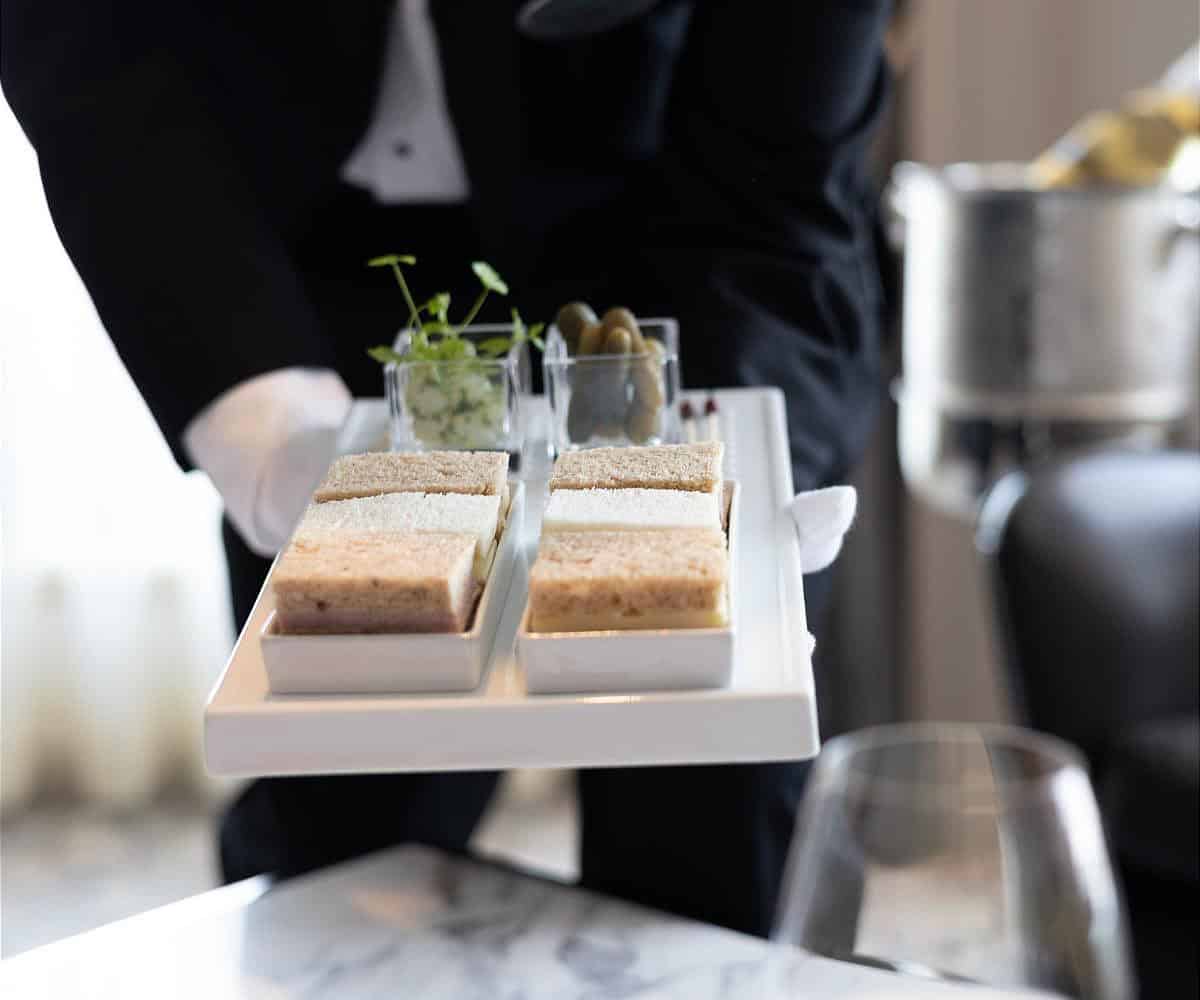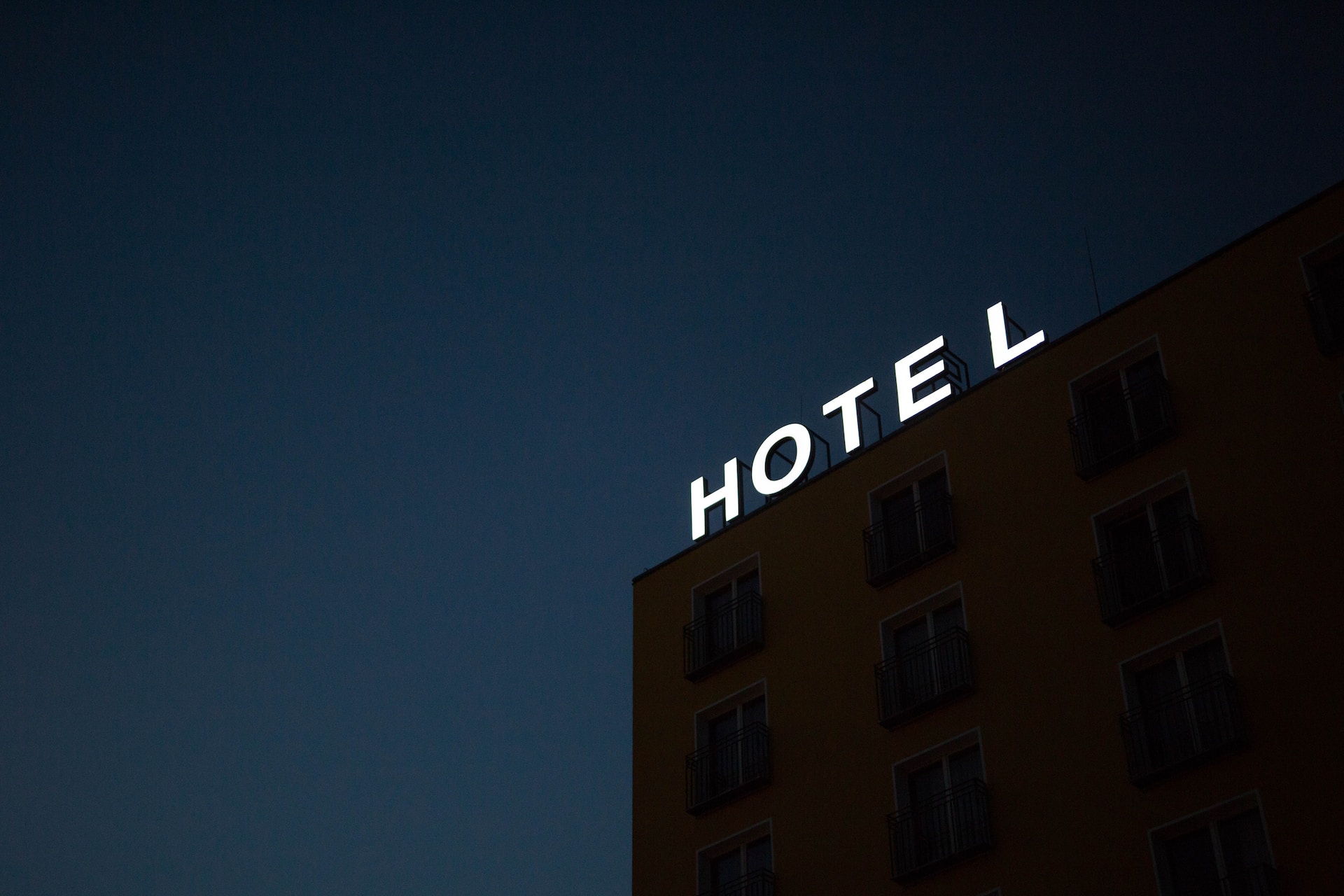Elon Musk and Ford CEO Jim Farley announce EV collaboration on Twitter Spaces
Ford EVs will connect to 12,000 Tesla superchargers.

Ford CEO Jim Farley joined Tesla CEO and Twitter owner Elon Musk on a Twitter Spaces Thursday to announce a new collaboration between the competitors.
Starting next spring, Ford EV owners will have access to roughly 12,000 Tesla Superchargers via adapters in the first direct partnership of its kind between two competing electric vehicle makers. And starting in 2025, Ford Motor Co. will stop building its EVs with traditional Combined Charging System (CCS) ports, replacing them with Tesla's preferred North American Charging Standard (NACS) charge port, removing the need for a special adapter.
Musk said the partnership was something Tesla is “super happy to support,” noting he has a “tremendous amount of respect for Ford as a company.”
The Spaces, which ran for about 30 minutes, is another example of how Musk is attempting to use the platform as a newsmaking vehicle, partly by leveraging his own fame. It came a day after Florida Gov. Ron DeSantis announced his presidential candidacy on Spaces. Of course, that did not go so well—the audio livestream failed while almost 600,000 Twitter users were listening, and it took almost 15 minutes for Twitter to get it working.
In a statement about the Tesla deal, Farley said: “Widespread access to fast-charging is absolutely vital to our growth as an EV brand, and this breakthrough agreement comes as we are ramping up production of our popular Mustang Mach-E and F-150 Lightning and preparing to launch a series of next-generation EVs starting in 2025.”
Tesla earlier this year opened up its Supercharger network to outside automakers, although it has only committed to opening 3,500 current and future charging stalls to non-Tesla EVs. To-date, the automaker has only opened a handful of stations to non-Teslas.
Musk said the price for adapters for Ford EVs starting next spring would not be "cost-prohibitive," and likely be in the "hundreds of dollars" range.
What remains unclear is how exactly Ford's current third-party network of roughly 84,000 chargers, including 10,000 fast-chargers, would interact with Ford EVs built with the NACS charge port starting in 2025. A spokesperson said it's expected the third-party charging stations would eventually offer plugs that would connect with NACS ports, although it's unclear who would pay for it.
“Tesla has led the industry in creating a large, reliable and efficient charging system and we are pleased to be able to join forces in a way that benefits customers and overall EV adoption,” Marin Gjaja, chief customer officer, Ford Model e, said in a statement. “The Tesla Supercharger network has excellent reliability and the NACS plug is smaller and lighter. Overall, this provides a superior experience for customers.”
Developing appreciation
Farley said he developed an appreciation for Tesla’s charging network while on a family vacation last year.
“My kids kept looking at me and going ‘Hey dad, there’s another Supercharger, can we stop there?’ and I was like ‘No, we have to go here behind this other building,’” he said. “It became obvious to me the job your team had done and what it means to customers.”
Musk and Farley, who had as many as 21,000 listeners on their Thursday evening announcement, said they’d continue to explore ways to collaborate to increase EV adoption.
The tie-up is notable given the pair’s sometimes-chippy past.
Farley and Ford are known to take jabs at Musk and Tesla in speeches, on Twitter and in commercials.
For example, when the company launched its BlueCruise driver-assist technology, Farley tweeted “we tested it in the real world, so our customers don’t have to,” a shot at Tesla’s AutoPilot technology.
Musk clapped back with a video snippet of the movie “Tommy Boy,” featuring Farley’s late cousin, the comedian Chris Farley.
One of Ford’s recent commercials made fun of those who “fly away on their own personal space ships when things get hard,” a reference to Musk and other billionaires’ attempts at commercial space companies.
And Ford PR people are quick to point out that Tesla’s customer service vans are often gas-powered Ford Transits.
But on Thursday evening, the two CEOs were complimentary of each other.
“It’s super hard what Tesla’s done,” Farley said. “I totally respect them to do that, to make a fully software updatable vehicle.”
Contributing: Ad Age News Editor E.J. Schultz

 Fransebas
Fransebas 
































